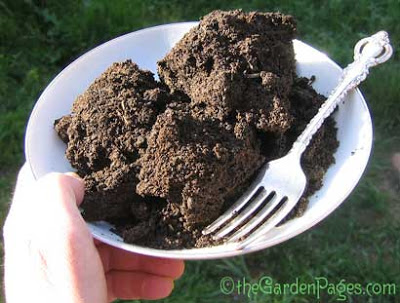Composting is a easy way to improve your long-term soil structure and fertilize your plants.
Compost systems can be as simple as a box of clippings and shredded newspaper or as elaborate as a self turning drum. Both systems will work equally well.
The most important ingredients in a compost pile:
Organic waste; leaves, grass clippings, banana peels, broccoli stems, coffee grounds, etc. In general, anything of a plant based nature.
Yes, Easter egg shells are OK as long as the dye is vegetable based and there’s no egg included. Egg shells will keep snails away too!
Moisture; water is an important component in helping the bacteria grow so it can break down the material in the pile.
Air; air can be introduced by leaving holes in the sides of the container and by turning the pile.
Time; it takes time for your pile of clippings to turn into deep rich glorious compost. It is also important to keep an eye on your pile, add water or to turn it when needed.
Common Composting Questions
Do I need to add chemicals / hormones / bacteria / other expensive crap to my compost pile?
No. There is already plenty of what you need to make compost in your pile.
Notes on Adding Grass Clippings to Your Compost
Grass clippings add nitrogen to your compost. Clippings also need to be broken up in your pile. If you toss in a layer and don’t break it up the grass will stick together and form a solid mat.
It needs to be broken up with a pitchfork, or a stick. I know from experience it is easier to mix in the grass when it is fresh, than it is to break it up later.
If you see white on the mat of clippings that is just part of the decomposition process. You may also notice the grass is HOT. This means it is decomposing and creating heat. This is GOOD.
Did you hear that? Grass clippings can sometime decompose so quickly and generate enough heat that it makes sounds.
